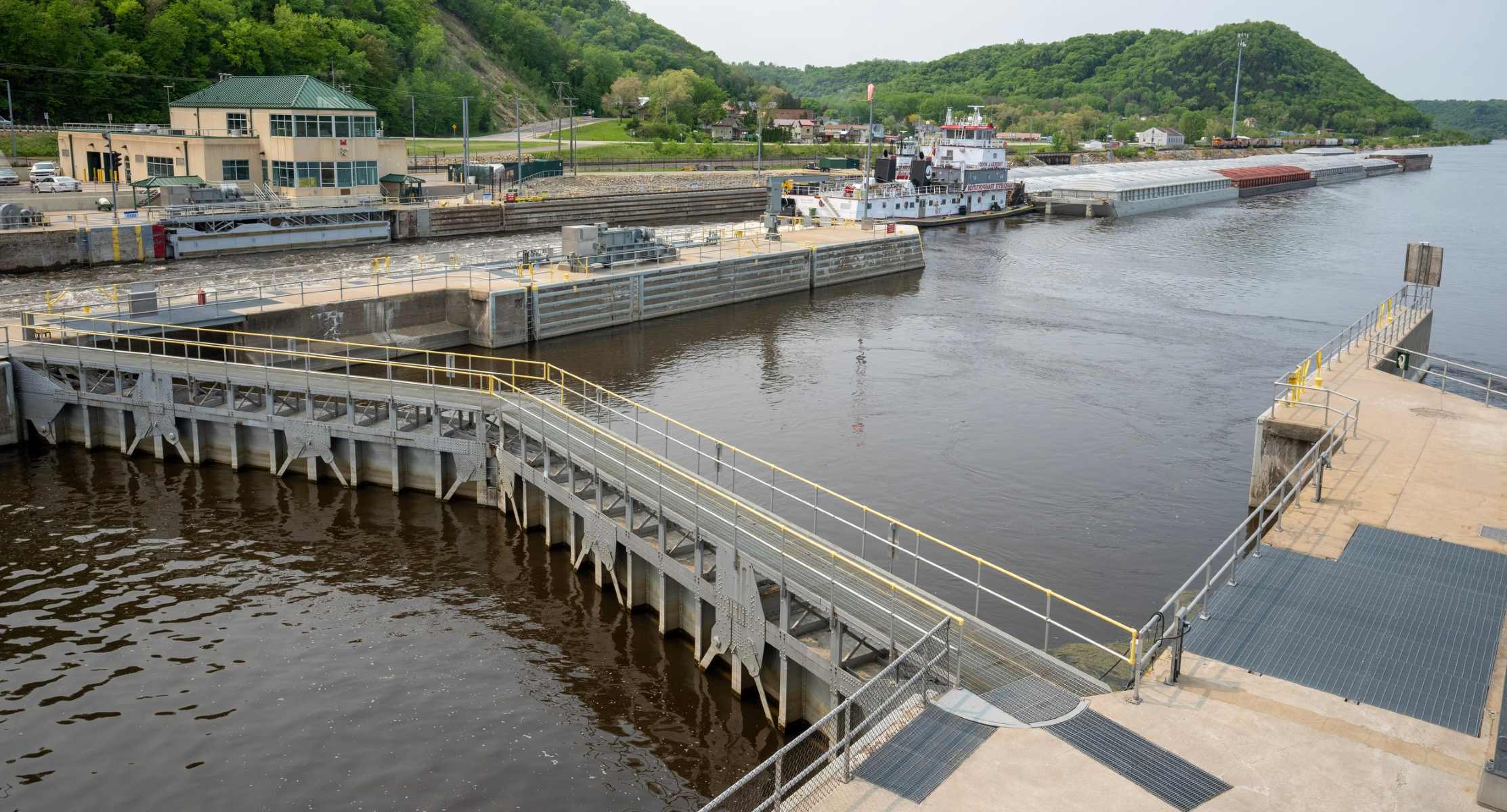Forgotten River Locks Of The Mississippi

Have you ever wondered about the hidden history along the Mississippi River? The forgotten river locks of the Mississippi hold stories of a bygone era. These locks, once vital for river navigation, now stand as silent witnesses to the past. Imagine the bustling activity as boats passed through, carrying goods and people. Today, these structures are often overlooked, but they offer a glimpse into the river's rich history. Exploring these forgotten river locks can be like stepping back in time, revealing the engineering marvels and daily life of those who depended on the river. Ready to learn more about these intriguing relics?
Forgotten River Locks of the Mississippi
The Mississippi River, a vital artery of American commerce and culture, hides many secrets. Among these are the forgotten river locks, once bustling with activity, now silent witnesses to history. Let’s explore these hidden gems.
1. Lock and Dam No. 1
Located in Minneapolis, Minnesota, Lock and Dam No. 1 played a crucial role in river navigation. Built in the early 20th century, it helped boats bypass the St. Anthony Falls. Today, it stands as a reminder of the river's industrial past.
2. Lock and Dam No. 19
Situated in Keokuk, Iowa, Lock and Dam No. 19 was once the largest single-lift lock in the world. It allowed river traffic to navigate the challenging Des Moines Rapids. Though modernized, its historical significance remains.
3. Lock and Dam No. 26
Alton, Illinois, hosts Lock and Dam No. 26, which replaced an older structure in the 1930s. This lock facilitated smoother passage for river traffic, boosting trade and transportation. The original site now serves as a historical landmark.
4. Lock and Dam No. 27
The last lock on the Upper Mississippi, Lock and Dam No. 27, located near Granite City, Illinois, marks the end of the river's navigable section. It played a pivotal role in controlling river flow and preventing flooding.
5. Lock and Dam No. 15
Davenport, Iowa, is home to Lock and Dam No. 15, known for its unique roller gate design. This lock helped manage river levels and supported local industries. Its engineering marvel still attracts visitors today.
6. Lock and Dam No. 11
Located in Dubuque, Iowa, Lock and Dam No. 11 was essential for river navigation and flood control. Built during the Great Depression, it provided jobs and boosted the local economy. Its historical significance endures.
7. Lock and Dam No. 5A
Winona, Minnesota, features Lock and Dam No. 5A, constructed to improve river navigation. This lock facilitated the movement of goods and people, contributing to the region's growth. Its legacy continues to influence the area.
8. Lock and Dam No. 7
La Crosse, Wisconsin, boasts Lock and Dam No. 7, which played a key role in river traffic management. Built in the 1930s, it helped regulate water levels and supported local commerce. Its historical importance remains evident.
9. Lock and Dam No. 9
Located near Lynxville, Wisconsin, Lock and Dam No. 9 was vital for river navigation and flood control. Its construction provided employment during tough economic times. Today, it stands as a testament to human ingenuity.
10. Lock and Dam No. 13
Clinton, Iowa, is home to Lock and Dam No. 13, which helped manage river traffic and water levels. Built in the 1930s, it supported local industries and commerce. Its historical significance continues to be recognized.
11. Lock and Dam No. 21
Quincy, Illinois, features Lock and Dam No. 21, crucial for river navigation and flood control. Constructed during the Great Depression, it provided jobs and boosted the local economy. Its legacy endures.
12. Lock and Dam No. 24
Clarksville, Missouri, hosts Lock and Dam No. 24, which played a vital role in river traffic management. Built in the 1930s, it helped regulate water levels and supported local commerce. Its historical importance remains evident.
13. Lock and Dam No. 25
Located near Winfield, Missouri, Lock and Dam No. 25 was essential for river navigation and flood control. Its construction provided employment during tough economic times. Today, it stands as a testament to human ingenuity.
14. Lock and Dam No. 22
Saverton, Missouri, is home to Lock and Dam No. 22, which helped manage river traffic and water levels. Built in the 1930s, it supported local industries and commerce. Its historical significance continues to be recognized.
15. Lock and Dam No. 20
Canton, Missouri, features Lock and Dam No. 20, crucial for river navigation and flood control. Constructed during the Great Depression, it provided jobs and boosted the local economy. Its legacy endures.
Rediscovering History Along the Mississippi
The forgotten river locks of the Mississippi offer a unique glimpse into the past. These structures, once vital for navigation, now stand as silent witnesses to a bygone era. Exploring these locks can be a fascinating journey for history buffs and adventure seekers alike. They tell stories of engineering marvels and the bustling river traffic that once dominated the Mississippi.
Visiting these sites can be both educational and enjoyable. You can learn about the engineering techniques used in the early 20th century and appreciate the natural beauty surrounding these historic spots. Whether you're a local or a traveler, taking the time to visit these forgotten river locks can enrich your understanding of the region's history.
So next time you're near the Mississippi, consider making a stop at one of these intriguing sites. You won't regret it.

